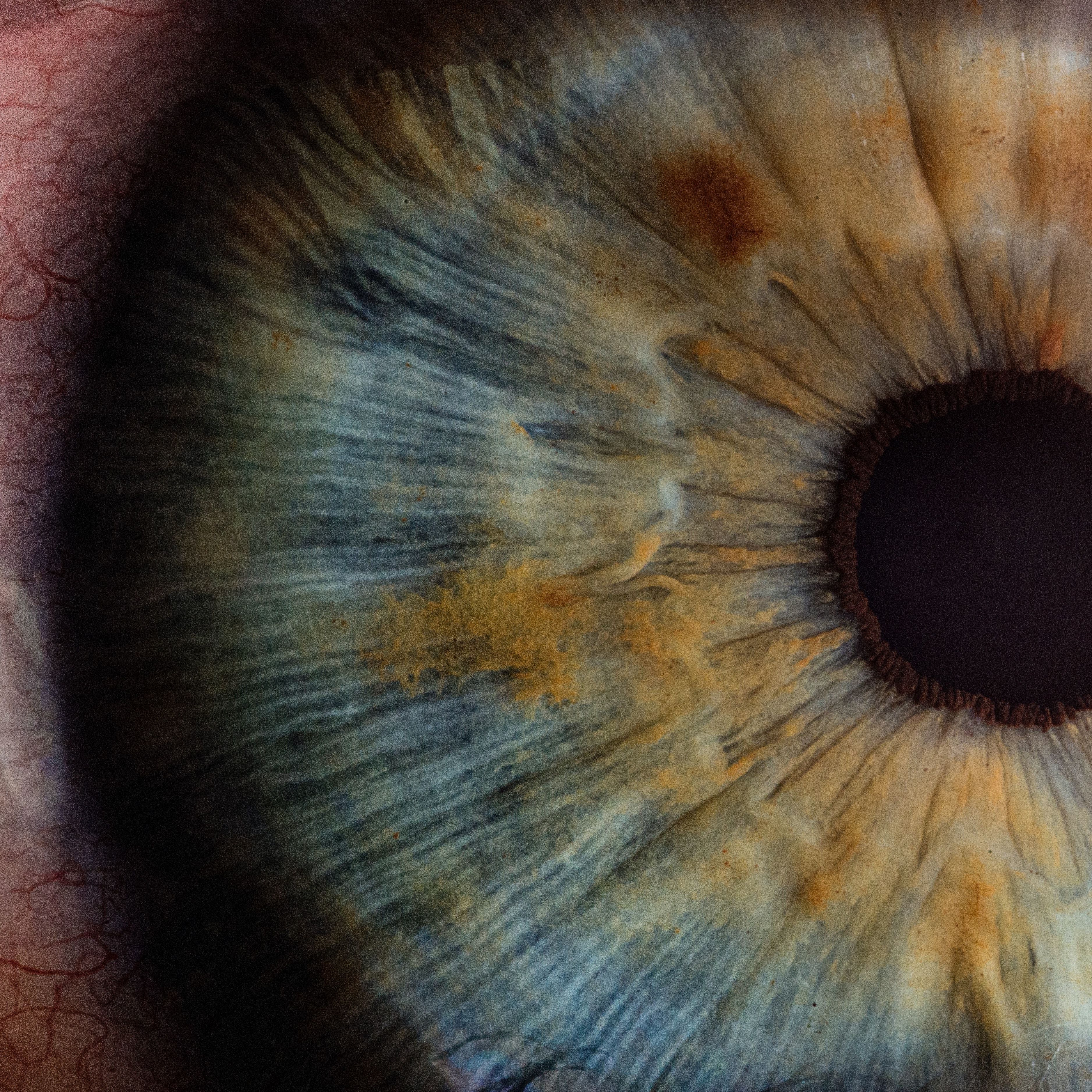Article
Moderate to Severe Thyroid Eye Disease Health State Linked to Worse Utility Values
Author(s):
The lowest mean utility value was observed in the most severe disease state of constant diplopia and large proptosis.

Individuals with active, moderate-severe thyroid eye disease (TED) may have substantial disutility, according to new research published in JAMA Ophthalmology.
The findings suggest that utility values decrease with increasing severity of TED symptoms, with increasing severity of proptosis and diplopia more likely to have detrimental associations with quality of life (QoL).
“These very low utility values suggest the substantial QoL burden potentially confronting patients with TED and highlight the need for additional studies in this area,” wrote study author Robert J. Holt, PharmD, MBA, Horizon Therapeutics. “These data might now serve as baseline for prospectively assessing improvements (utility gains) with therapies.”
An increased level of proptosis and diplopia are often associated with negative QoL and have been linked to difficulties in performing daily tasks and substantial psychosocial distress. Health state utilities are values that reflect a patient’s preference for health outcomes and allow comparison of QoL impact among varying disease states.
The primary objective for Holt and team was identified as eliciting utility values for health states associated with moderate-severe active TED of varying severities, and the values were assessed by magnitude of proptosis and diplopia. Their qualitative analysis was conducted from April 2020 to April 2021.
They developed health states using results from 2 placebo-controlled clinical trials in patients with active, moderate-severe TED with differing severities of proptosis and diplopia. Utility scores were elicited using time trade-off (TTO) methods with a 10-year time horizon.
Investigators determined six health states of varying severity from the 2 trials (171 patients with TED, clinical activity score [CAS] 4, ± diplopia/proptosis). The descriptions of the health states were refined using telephone interviews with 6 patients in the United States with TED. They were then piloted with a QoL questionnaire and provided to a general population.
Visual analog scales (VASs) used a scale between 0 (worst health) and 100 (best health). Both TTO and VAS interviews were conducted using the health state descriptions in a randomized order in the general US population (without TED).
A total of 111 participants (pilot, n = 10; main study, n = 101) completed the TTO interviews. The largest proportion of participants were 55 to 64 years old (47 [42.0%]) and were female (75 [68.0%]). The mean TED utility value was 0.44.
Overall data show the mean utility values were found to decrease with the increasing severity of the health status. It showed the highest mean utility values (least association with QoL) were reported for the least severe health state of no diplopia and small proptosis (0.60; 95% CI, 0.54 - 0.67).
The findings additionally indicate the lowest mean utility value was observed in the most severe disease state (constant diplopia/large proptosis) with 0.30 (95% CI, 0.24 - 0.36), followed by constant diplopia/small proptosis (0.34; 95% CI, 0.29 - 0.40), intermittent or inconstant diplopia/large proptosis (0.43; 95% CI, 0.36 - 0.49), no diplopia/large proptosis (0.48; 95% CI, 0.40 - 0.52), and intermittent or inconstant diplopia/small proptosis (0.52; 95% CI, 0.45 - 0.58).
Alongside utility values, the highest and lowest VAS scores were associated with no diplopia/small proptosis (51.71; 95% CI, 47.67 - 55.74) and constant diplopia/large proptosis (27.42; 95% CI, 24.41 - 30.44), respectively. The mean VAS score when converted to the utility scale was 0.38 versus the average mean utility value of 0.44.
The study, “Utility Assessment of Moderate to Severe Thyroid Eye Disease Health Status,” was published in JAMA Ophthalmology.




